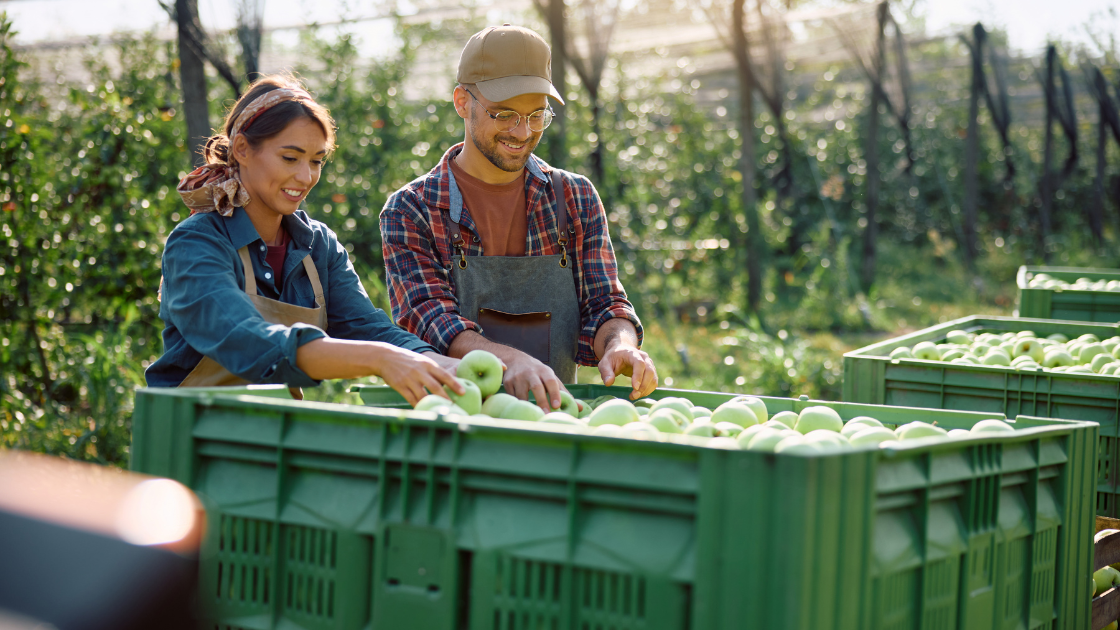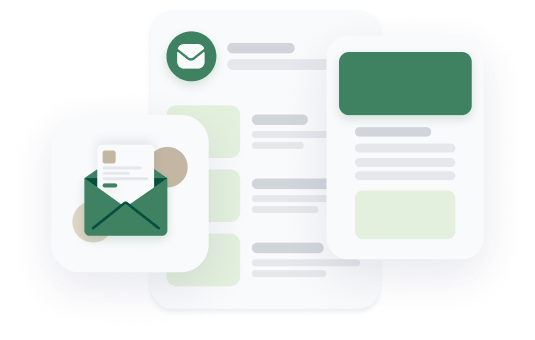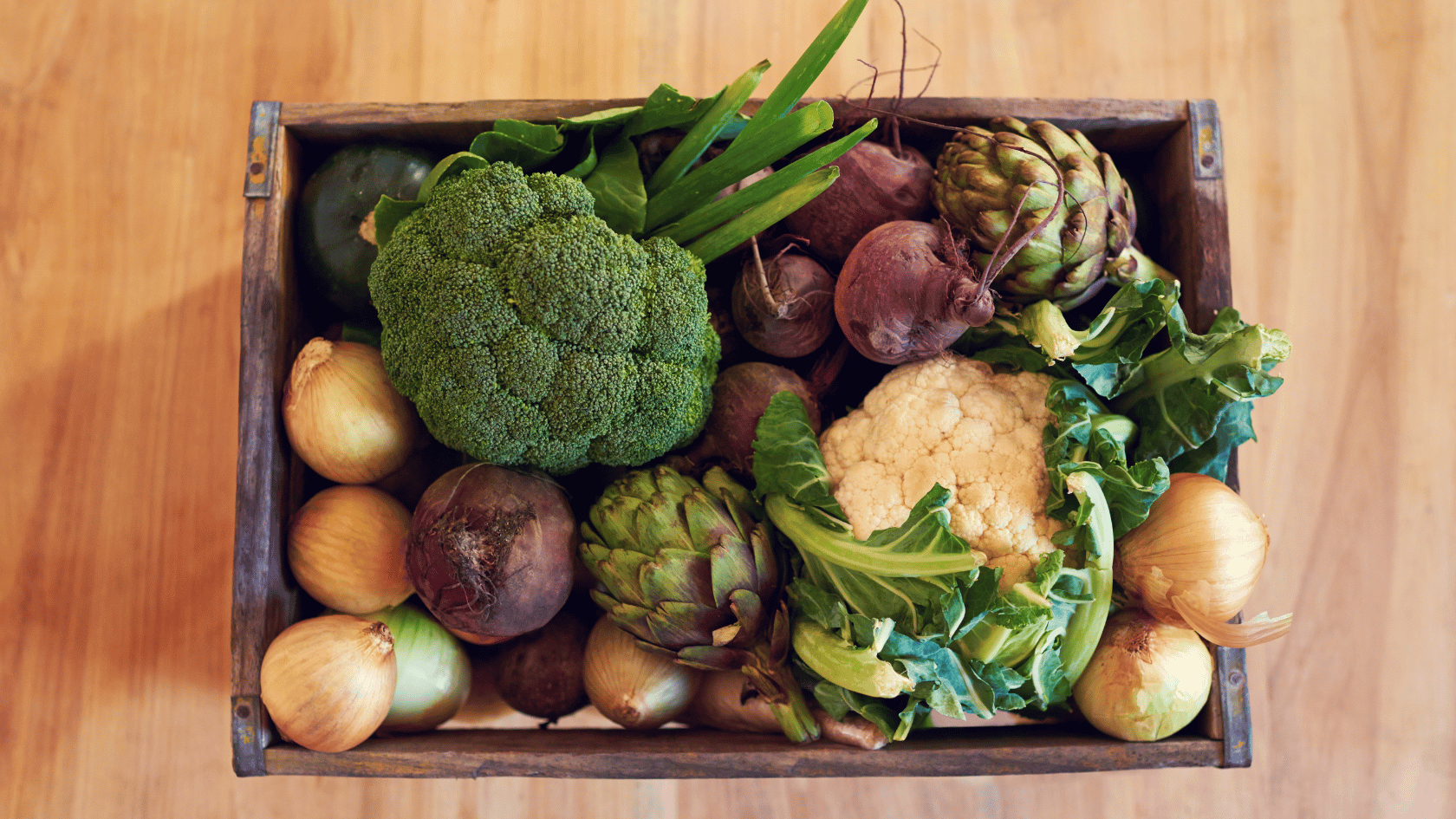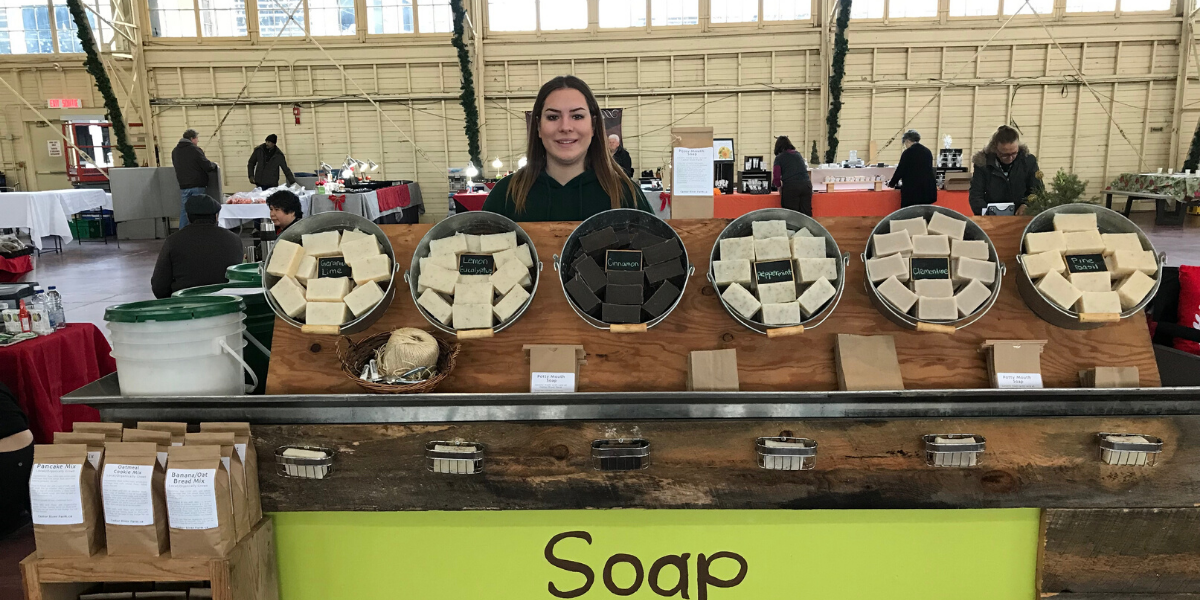How to Determine Cost of Goods Sold for Your Farm Products
Cost of Goods Sold (COGS) is the total of all the costs that go into producing a product. For...

When pricing your products for the wholesale market as a farmer, it's important to consider various factors to ensure profitability while remaining competitive. Here are steps to help you determine the appropriate pricing for your wholesale products:
Begin by assessing your production costs. Keep track of all the expenses incurred in growing and harvesting your products. This step is essential when building your pricing structure for your wholesale products. It will also put you in a better position when negotiating prices with potential buyers. You will immediately know whether the pricing they are offering is feasible or not.
Here are steps to calculating your production costs:
Begin by identifying the different cost categories involved in your farming operation. Common categories include:
Adapt these categories based on the specific needs of your farm and product.
Collect all relevant financial records, invoices, and receipts related to your farming activities. This includes receipts for input purchases (seeds, fertilizers, etc.), labor costs, fuel and maintenance for machinery, utility bills, and other expenses incurred during production.
Direct costs are expenses directly tied to the production of specific crops or livestock. To calculate your direct costs, sum up the costs for items such as seeds, fertilizers, feed, labor specifically related to production tasks, and other inputs directly associated with production.
Differentiate between fixed costs and variable costs. Fixed costs are expenses that remain constant regardless of production levels, such as land rental or mortgage payments, insurance, property taxes, and equipment depreciation. Variable costs are directly influenced by production volume, such as seeds, fertilizers, feed, labor hours, and fuel for machinery.
Overhead costs include expenses that are not directly tied to a specific crop or livestock but are necessary for the overall operation. These may include administrative salaries, office supplies, utilities, marketing expenses, and general maintenance. Allocate these costs by using a predetermined allocation method, such as the percentage of total costs or based on labor hours.
Calculate labor costs by considering both hired labor and your own labor contributions. Include wages, payroll taxes, and any benefits provided to hired workers. Estimate the value of your own labor by comparing market rates or industry standards.
Account for depreciation of equipment and machinery over their useful life. Calculate the annual depreciation cost and allocate it to each production unit accordingly. Maintenance and repair costs associated with machinery and equipment should also be included.
Add up all the direct costs, fixed costs, variable costs, allocated overhead costs, labor costs, depreciation, and maintenance costs to obtain the total production costs for a specific crop or livestock.
Divide the total production costs by the number of units produced (e.g., bushels, pounds, kilograms, or head of livestock) to determine the per-unit cost. This will give you a clear understanding of the cost per unit of your production.
Record your expenses and regularly update your production costs. Adjustments may be necessary due to changing market conditions, inflation, or improvements in production processes.
The USDA provides historical data on commodity costs and returns to help determine some costs. This resource might provide you with some insight.
Your wholesale profit margin will depend on your business goals, market demand, and industry standards. Consider the risks involved, the level of competition, and the value your products offer.
First, you want to determine the retailer’s profit margin or mark-up percentage. This can fluctuate greatly, but retailers often aim for a profit margin of approximately 30-50%. If you were to sell your product at cost and add a 35% profit margin, what would the product sell for? Is this more or less to average “grocery store” prices for this product?
From there, play around with different profit margins and see how this influences the retailer’s pricing.
Kate Estrade owns Laughing Buddha Nursery and Local Cooling Farms in Louisiana. She and her husband run a farmer-owned local grocery near New Orleans. They also run and operate a 16-acre livestock farm producing pork and eggs.
We asked Kate about their profit margins when selling their products and when reselling a vendor's products.
“We add the same margin to everything, including our own products. When pricing our own products, eggs, meat cuts, etc., we make sure to include the cost of labor, staff, and the profit margin. You need to cover the cost of production in the price, and you need the profit margin to reinvest back into the business. It’s essential to be able to sustain yourself.
Generally, our profit margin for our products is the cost (every cost from the egg carton to the feed to the cost of the chick, the infant, the infrastructure costs of the coops, and everything, our labor), and then we add 30% on top of that.
For all other products we’re reselling, we also do a 30% markup. For produce, we added an extra 3% because of the short shelf-life. This accounts for any potential waste.”
Kate is only one example of a small grocery buyer. However, she can provide some insight into how they add a 30-33% profit margin on top of the wholesale price as a retail business. To calculate your wholesale price, consider the business you’re selling to add a 30% markup: What will be the retail cost of your products if you sell at this wholesale price?
The most common pricing method is absorption pricing. It’s pretty simple. Simply take the cost of production plus your desired profit margin, which you defined above.
Price = Cost of Production + Profit Margin
This pricing model is pretty straightforward. Look at the wholesale pricing for similar-type products in your area and match this pricing, putting you in a similar category as other buying options.
A challenge with competitor-based pricing occurs when competitors take losses to gain business with certain buyers. Many factors, such as production, certifications, and brand story, can play a vital role in why your product may be worth more than a competitor. Be sure to stay diligent to avoid pricing yourself out of the market.
Differentiated pricing is adjusting the standard price of a product based on different factors. For example, say you sell local lettuce and leafy greens during the winter in an area where the majority of produce is imported. You can offer these products at a premium price during the winter months that you may not charge in the summer. Other factors could include:
One of the best ways to see if your pricing is in line with the market is to look at the pricing practices and trends in the wholesale market for similar products. Look up what the big food service companies are pricing at. This will give you a starting basis for what you can charge.
Here is an example from Sysco.
You should also research your buyer’s customers. For example, how much is a shopper at this grocery store willing to spend? How much does an average bill cost at this restaurant? Understanding the type of customers they have is essential to determine whether your pricing is reasonable.
As a farmer selling wholesale, your ability to produce in larger quantities may enable economies of scale (i.e., the more you produce, the cheaper production becomes). Assess whether increasing production volume allows you to achieve lower production costs. This could positively impact your pricing strategy.
Negotiations are a huge part of selling wholesale. Keep in mind that you might have unique pricing per customer. Be open to adjusting your pricing based on the volume of the order, length of contract, favorable payment terms, or other mutually beneficial arrangements.
Also, ensure that you monitor your pricing strategy regularly, track the market conditions, and evaluate the profitability of your wholesale business. Make seasonal or annual adjustments to ensure your pricing remains competitive and aligned with your financial goals.
Remember, finding the right pricing balance is crucial to your profitability and maintaining healthy relationships with your wholesale buyers. For further guidance on pricing strategies specific to your market, consult with agricultural economists, industry experts, or experienced farmers in your region. Leverage your community for guidance!
Whether you’re selling to one wholesale buyer or ten, you need a system of truth for all your POs, invoices, and price lists. Local Line, the sales platform built for farmers and producers, provides the features and workflows to make selling wholesale a breeze.
If you're looking to streamline your wholesale sales process, switch to Local Line today. Try a 7-day free trial and see how Local Line can save you hours in order and inventory management.
Nina Galle is the co-author of Ready Farmer One. She continues to arm farmers with the tools, knowledge, and community they need to sell online at Local Line.

Stay in the loop by subscribing to our newsletter and receive weekly insights that you won't want to miss.

Cost of Goods Sold (COGS) is the total of all the costs that go into producing a product. For...
 Nina Galle
Nina Galle

Thinking of starting an online food business? When you’re selling food online, your product...
 Nina Galle
Nina Galle

Operating for 30 years and selling direct to customers for the last 12 years, Castor River Farm...
 Nina Galle
Nina Galle